Lettuce Growing Stages
Lettuce comes in a diverse range of varieties that add vibrant colors, textures, and tastes to any summer salad. The ruffled red leaves of Lollo Rossa lettuce, the crunchy ribs of Romaine lettuce, and the delicate texture of Bibb lettuce – lettuce has something for every palate.Lets delve into lettuce growing stages.
Unlike many vegetables, for me lettuce is incredibly easy to grow and even for beginners. Lettuce seeds germinate readily, the plants adapt to a wide range of conditions, and many types mature quickly in as little as 30-45 days. Growing lettuce allows anyone with a patio, backyard, or garden plot to enjoy fresh salads throughout the growing season.
As a cool weather crop, lettuce thrives in the mild temperatures of spring and fall in most regions. Lettuce is highly space-efficient, with some varieties grown in containers as small as 10 inches wide. Successive sowing enables a continuous supply of lettuce for months with just a few repeated plantings. For all these reasons, lettuce earns its place as a must-have for every gardener.
Ideal Conditions for Growing Lettuce
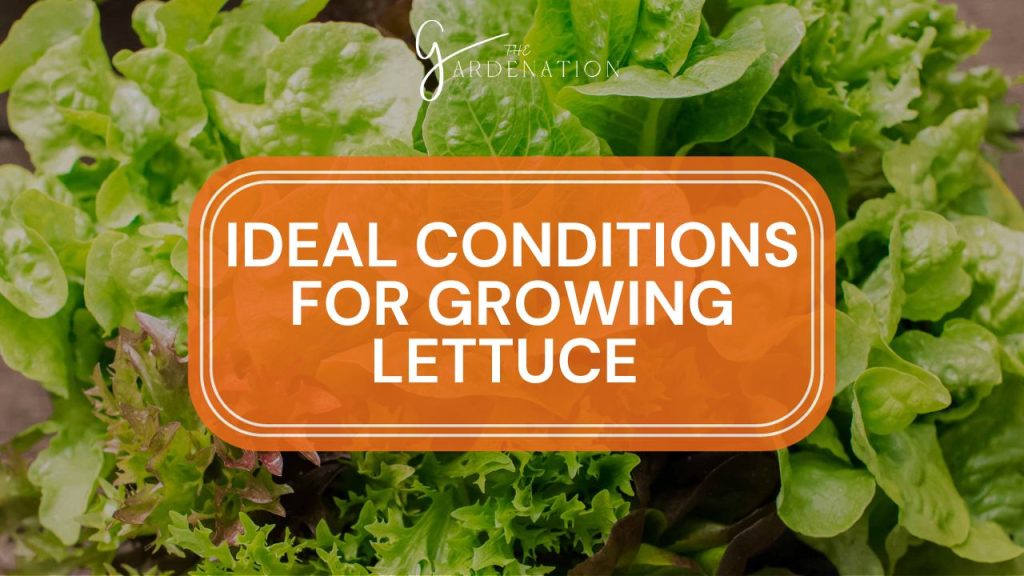
Lettuce grows best in consistently moist, fertile soil and needs at least 6-8 hours of sun daily. Filtered sunlight is ideal as hot afternoon sun can cause bitterness in some varieties. Daytime temperatures between 60-70°F allow lettuce plants to thrive and mature rapidly.
Most types of lettuce can be grown successfully in raised garden beds, containers, window boxes, and in-ground plots if drainage is adequate. Loose leaf and oak leaf varieties adapt readily to warm climates while heat-resistant Romaine varieties can withstand hotter summer temperatures. I try adjusting planting times to cooler seasons, providing shade, and consistent moisture which enables growing lettuce even in hot climates.
Lettuce Growing Stages
Lettuce goes through distinct growth phases during its lifecycle:
Seeds and Germination

Lettuce cultivation begins with when I sow seeds directly outdoors or sometimes I start indoors. Lettuce seeds germinate best at soil temperatures of 45°F or above. Most seeds germinate within 5-7 days when kept consistently moist.
Seedling Phase
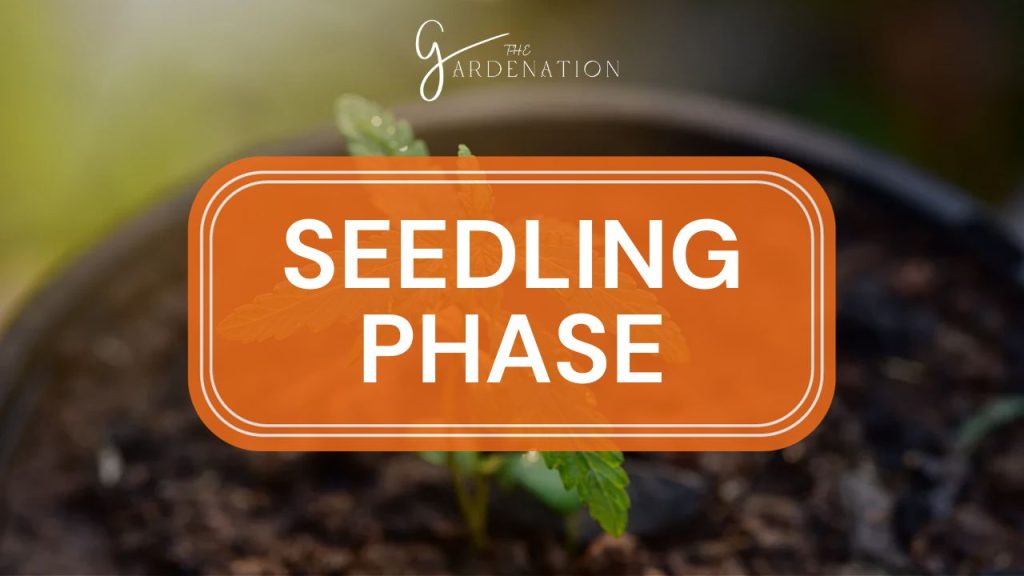
Young lettuce seedlings emerge with a pair of rounded cotyledon leaves. True leaves follow shortly which are more defined in shape. I provide ample light and moisture to ensure rapid growth of lettuce seedlings.
For more information about Kitchen Garden you can visit: Eggplant Growing Stages
Leaf Production and Foliage Growth

Once established, lettuce plants focus energies on developing leaves and foliage. Leaves expand outward from a central stalk touching the ground. Varieties and growth rates differ but most lettuces reach maturity for harvesting within 30-60 days.
Flowering
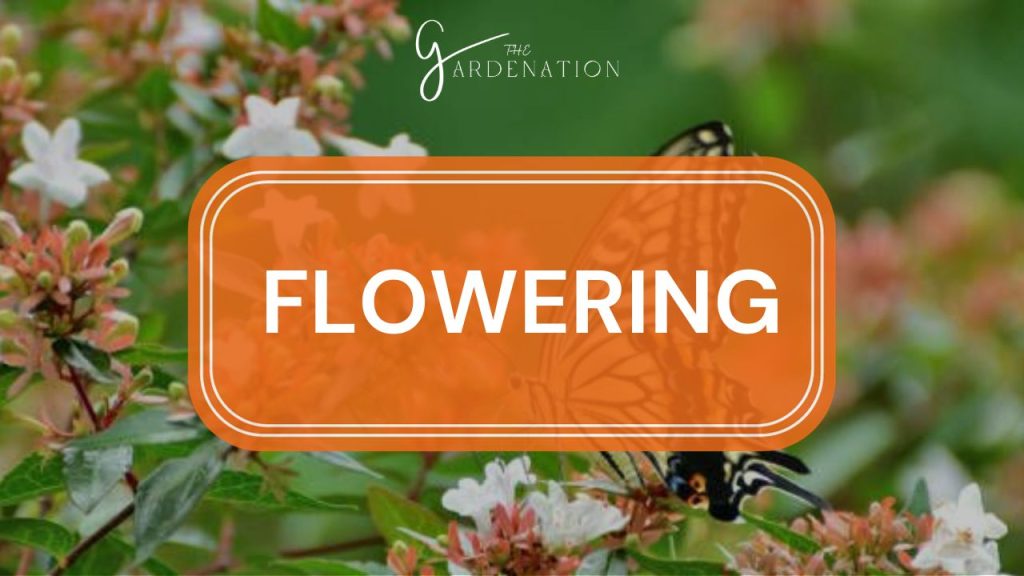
In the second year or if subjected to stresses like heat, lettuce plants transition from foliage growth to flowering. Elongated flower stalks emerge from the centers carrying small yellow blossoms which develop into seeds.
Setting Seed
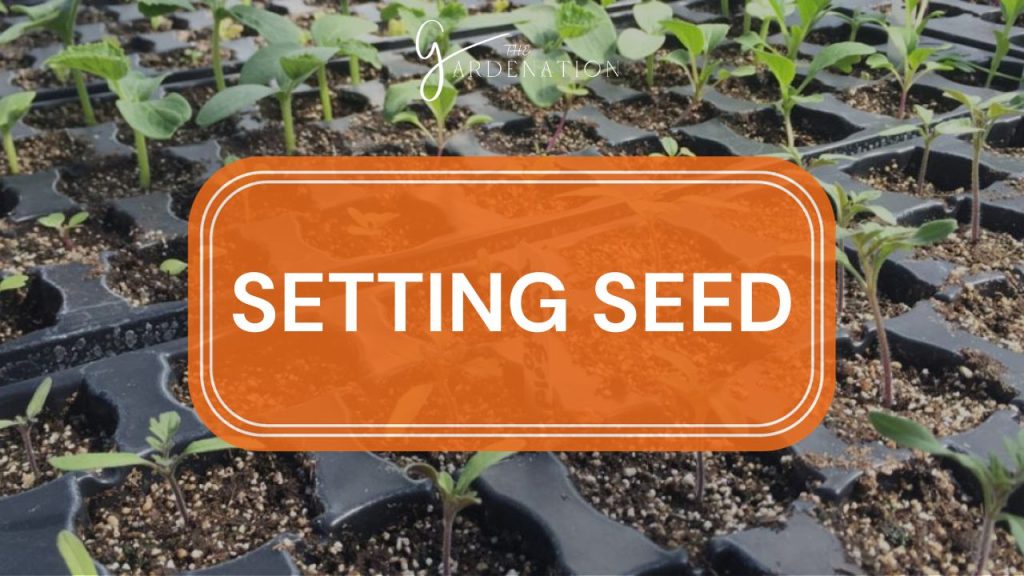
As flowers fade, seeds form which later scatter naturally when dry. Each flower produces dozens of seeds allowing for collecting and saving lettuce seeds.
Maximizing foliage production requires harvesting lettuce consistently through the growing season, not allowing plants to over-mature or flower prematurely. I try successive sowing every 2-3 weeks to ensure a steady supply of young lettuce ready for salads.
Types of Lettuce Varieties
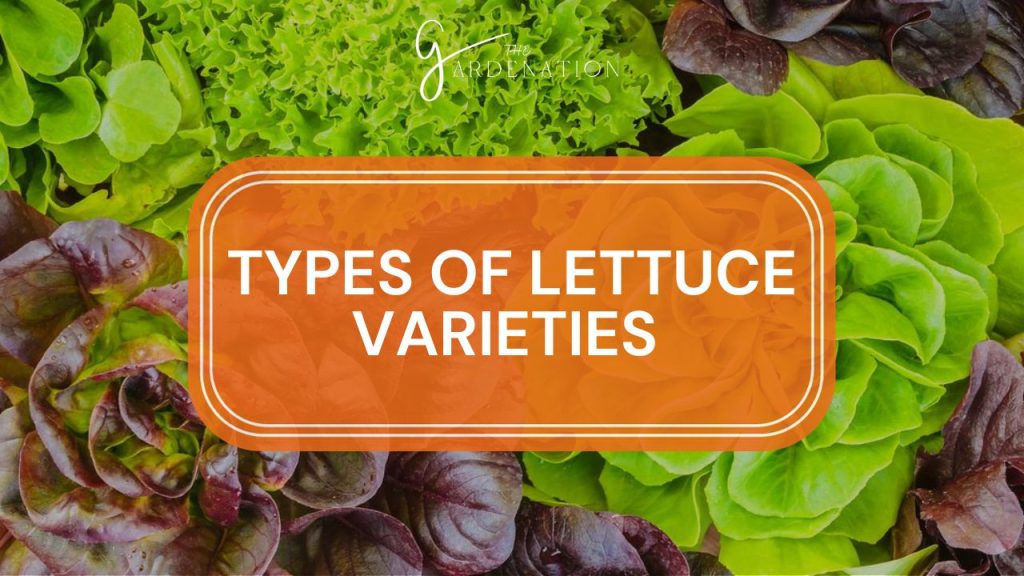
There are four main types of lettuce, categorized by their growth habit and appearance:
Loose Leaf Lettuce

Loose leaf lettuces form loose rosettes of tender leaves in vibrant colors including green, red, bronze, and speckled varieties. Popular loose leaf cultivars are Red Sails, Black Seeded Simpson, and Oak Leaf. They have a delicate texture and mild flavor.
Romaine or Cos Lettuce
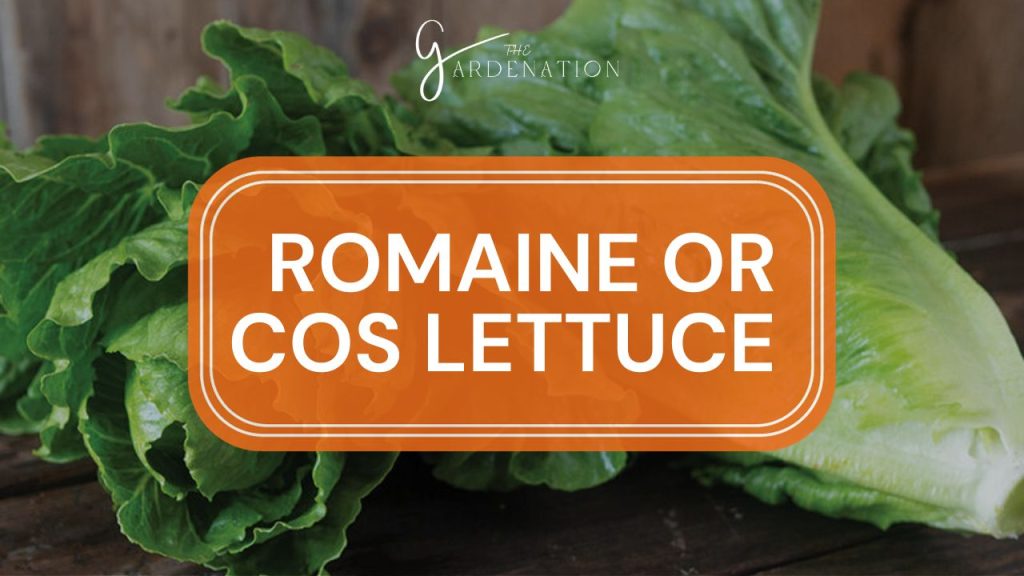
Romaine lettuce varieties form elongated, upright heads with crisp ribs and smooth leaves. These lettuces have a crunchy texture and sweet flavor. Some popular Romaine cultivars are Green Towers, Paris Island, and Little Gem.
Butterhead Lettuce
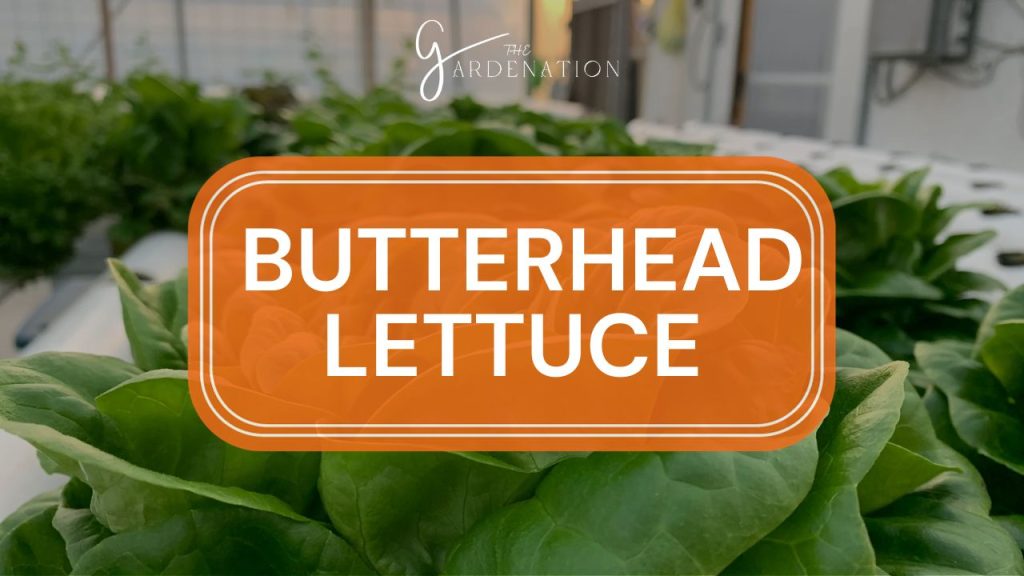
Butterhead lettuces form small, loose heads with extremely tender large leaves. Bibb and Boston lettuce are two classic butterhead types prized for their sweet, buttery taste. Other favorites are Tom Thumb and Buttercrunch.
Crisphead Lettuce
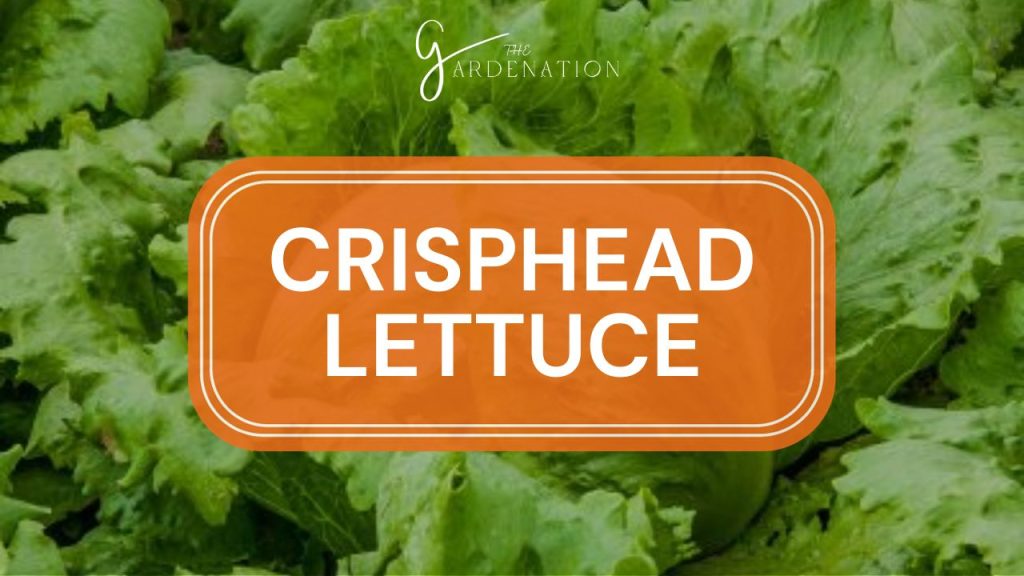
Crisphead lettuce varieties form tight, dense heads with crisp leaves. The best known is Iceberg lettuce along with cultivars like Great Lakes and Imperial. Crisphead lettuce has mild tasting, crunchy leaves.
When choosing lettuce seeds, I match the variety to my climate and desired taste, texture, color, and maturity rate.
Lettuce Plant Care and Maintenance
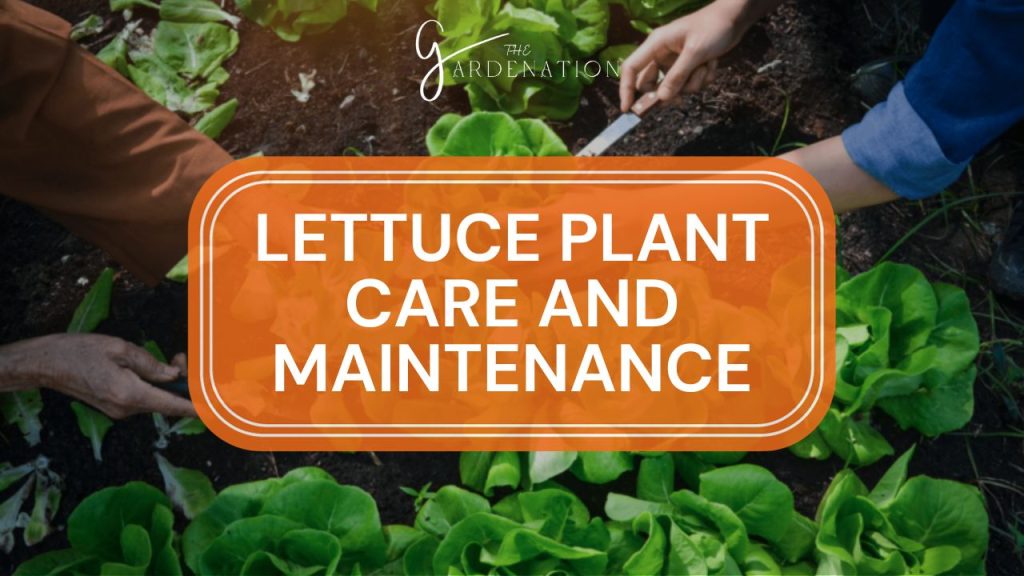
Caring for lettuce revolves around providing moist, nutrient-rich soil, adequate sunlight, and routine thinning for healthy growth.
Lettuce has shallow root systems requiring consistent moisture in the top few inches of soil. I water thoroughly at soil level every 2-3 days without saturating the ground. Drooping leaves often indicate a need for watering.
I prepare garden beds with compost or aged manure before sowing. I side dress growing lettuce with a balanced organic fertilizer or compost tea every 3-4 weeks.
Lettuce seeds may be sown too thickly, requiring thinning seedlings once the first true leaves emerge. For loose leaf varieties, thin to 6 inch spacing, allowing 12-16 inches for Romaine and Crisphead types. Thinning prevents overcrowding and keeps plants growing vigorously.
I try purchasing pre-grown lettuce transplants started indoors which bypasses the need to thin seedlings. I give transplants adequate water and protection from harsh sun and wind when first setting them outdoors.
I handle emerging and young lettuce seedlings with care, as the tender stems and leaves bruise easily. I move or transplant seedlings on overcast days or in early evening to prevent wilting.
Harvesting and Consumption
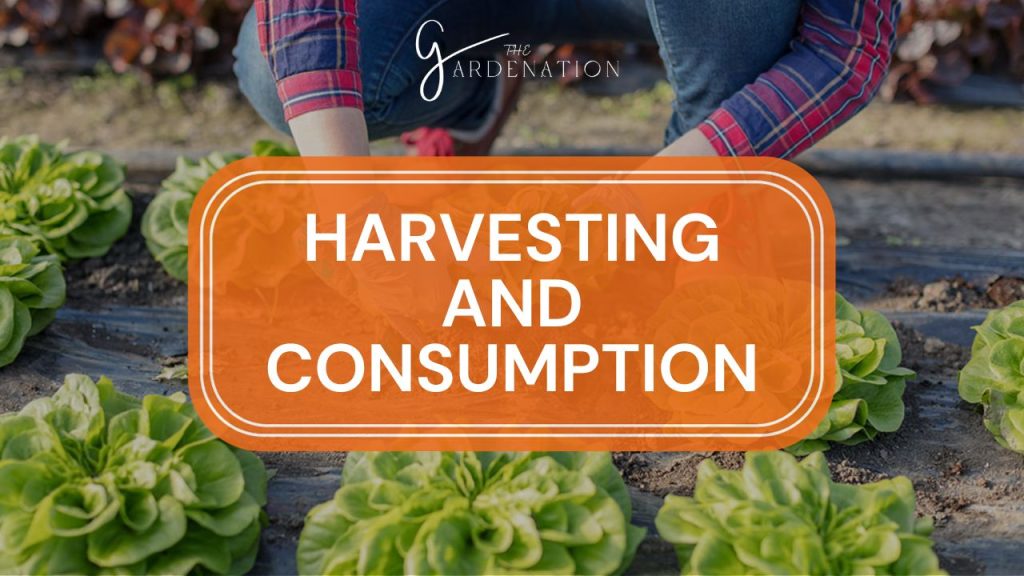
The best time to harvest leafy lettuces is when plants reach 4-6 inches tall, well before they start forming defined heads. I pick a few leaves from loose leaf and oak leaf varieties, allowing the plant to continue producing more leaves.
Butterhead and Romaine lettuces can be harvested whole or you can remove mature outer leaves only. Crisphead lettuces like Iceberg are best harvested whole when firm, rounded heads develop typically 50-60 days from seeding.
I cut or tear lettuce leaves by hand rather than using a knife which can damage plants. I harvest lettuce in the morning after dew dries for best texture and flavor.
I consume lettuce immediately after harvesting for peak flavor and nutrition. Lettuce provides antioxidants like Vitamin C, beta carotene, and polyphenols as well as trace minerals. I store unwashed lettuce loosely wrapped in plastic bags in the refrigerator for only 1-2 days maximum.
Common Issues and Solutions
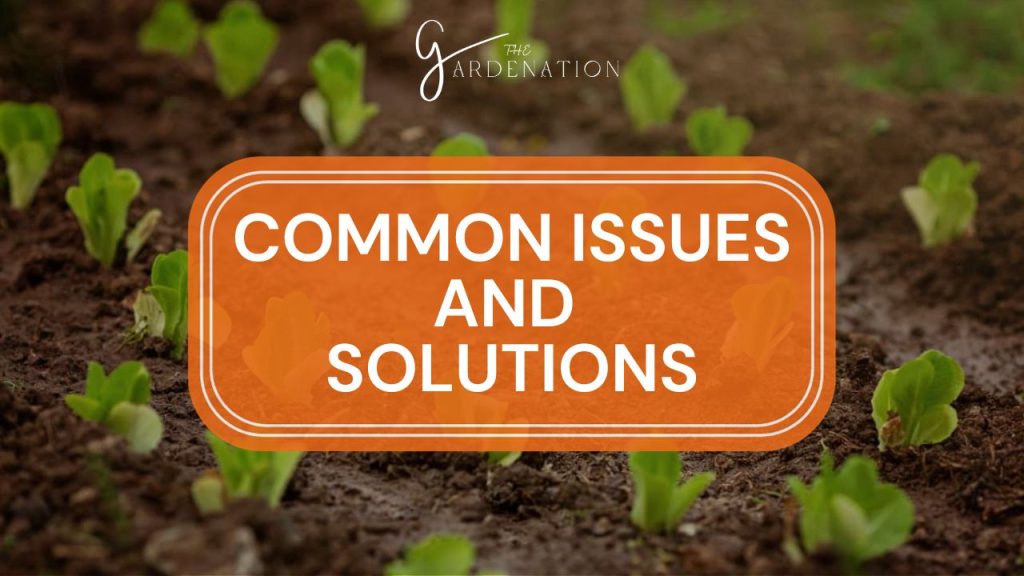
Lettuce cultivation faces few challenges if basic growing guidelines are followed. However, issues sometimes arise:
- Bolting – Lettuce plants that transition prematurely to flowering and setting seeds are said to “bolt.” Hot weather, drought stress, overcrowding, and older plants often trigger bolting. I try choosing bolt-resistant varieties and maintaining cool temperatures by shading plants which reduces bolting.
- Bitter taste – Some lettuces develop bitterness from hot weather, drought, poor drainage, or over-maturity. I ensure adequate moisture, harvest leaves young, and prevent premature flowering helps avoid bitter taste. Red pigmented varieties tend to stay sweetest in hot conditions.
- Pests and diseases – Slugs, aphids, leaf miners and fungal diseases occasionally affect lettuce plants. I remove pests by hand and use insecticidal soap if infestations persist. I improve airflow and avoid wetting foliage to combat fungi.
Advanced Techniques
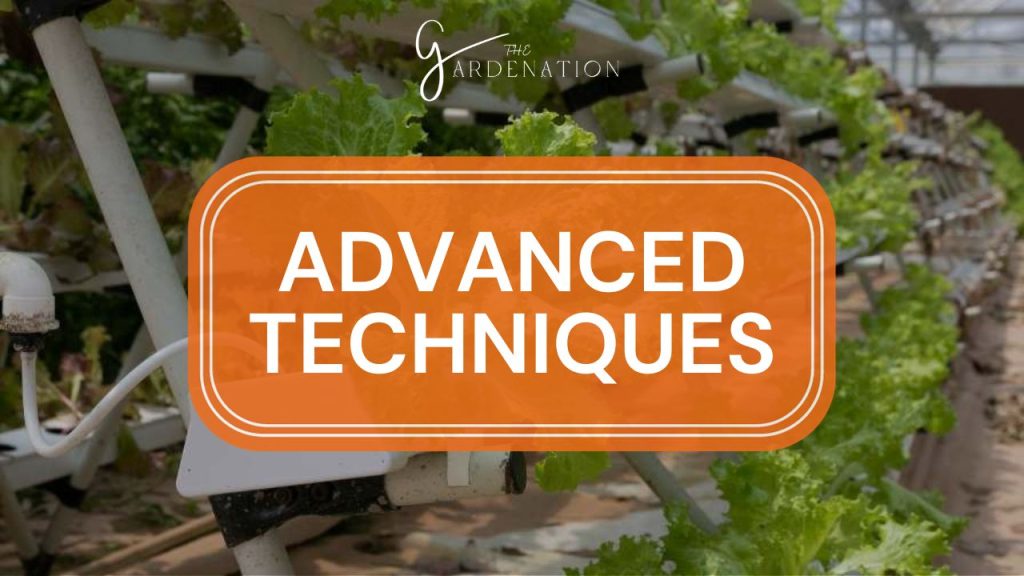
Lettuce readily cross-pollinates so saving seeds requires isolating plants or covering blossoms. I identify non-hybrid heirloom varieties for seed saving. As flower stalks elongate, I enclose selected plants with lightweight fabric like muslin or breathable wedding veil material. I tie fabric securely around stakes without touching plants. I allow flowers to self-pollinate inside these isolation cages. I mark chosen plants clearly for seed saving.
I harvest entire dry, brown seed heads by cutting the main stalk. I place in paper bags, label with variety and date, then gently crush heads to separate seeds. To clean, I soak in water 24 hours, then pour off floating non-viable seeds. I spread good seeds on a screen or newspaper to dry further before storing in an airtight container to keep it cool and dry. Lettuce seeds remain viable for 3 years when properly stored.
Frequently Asked Questions
How often should I water lettuce plants?
Lettuce needs consistent moisture, requiring watering every 2-3 days in well-drained soil. Water at soil level without saturating the ground until puddles form.
What conditions are best to grow lettuce?
Lettuce thrives in moderately cool conditions, ideally around 60-70°F during the day and 45-55°F at night. Sunny locations are great but afternoon shade helps prevent bitterness in midsummer heat.
Why is my lettuce bolting too early?
Hot weather, drought stress, overcrowding, and older plants often trigger premature flowering or “bolting” in lettuce. Choosing bolt-resistant varieties, maintaining adequate moisture, and harvesting plants on schedule helps prevent bolting.
Should I grow lettuce from seeds or transplants?
Both growing methods work well. Seeds are economical but require more thinning and care when starting. Purchasing pre-grown lettuce transplants bypasses the seedling stage but at an added cost per plant.
What causes bitter taste in some lettuces?
Hot weather, drought stress, overcrowding, poor drainage, insects, and letting plants over mature can all create bitterness in some lettuce varieties. Maintaining optimal growing conditions reduces chances of bitterness.
Conclusion
Lettuce may seem like an ordinary vegetable, but dozens of varieties provide range of textures, colors, shapes, and flavors – enough to suit any gardener or chef. Crisp butterhead, sweet red oak leaf, or dense, pale green Iceberg lettuce plants all have a place in gardens and meals. Lettuce requires little work – a bit of thinning, consistent moisture, and harvesting leaves or heads promptly. With a few successions, lettuce anchors summer salads for months on end. This cool season crop earns its reputation as being among the easiest vegetables to grow. Whether grown in containers on a balcony or tucked into garden beds, lettuce promises bountiful harvests, delightful salads, and a satisfying gardening experience for beginners and experts alike.


2 Comments